You can also be interested in these:
- The Aorus RX 7900 XTX Elite 24G full review
- NVIDIA GeForce GT 720 review
- NVIDIA GeForce GTX 1050 Ti Max-Q review
- NVIDIA Quadro FX 3800 review
The world of graphics cards changes a lot from month to month, prices included. To make the search for new hardware for your computer more bearable, we put together this guide of the best GPU under 100 dollars including different affordable options according to your budget, always keeping in mind how decent the performance is.
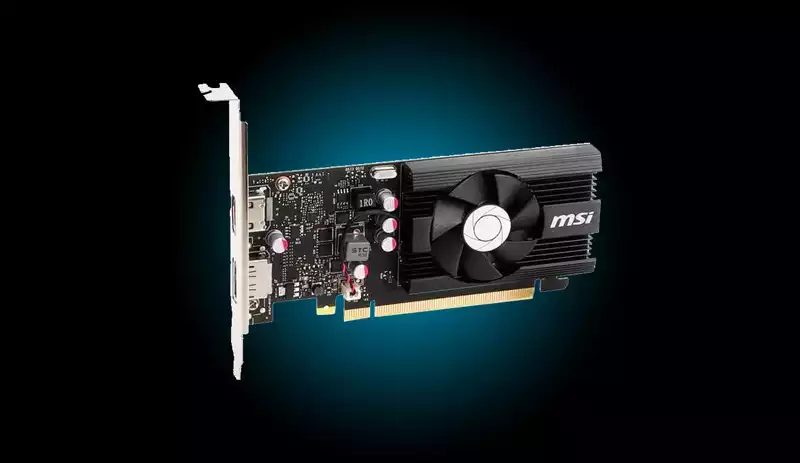
Disclaimer: Due to a few situations on the current market state (shortage of video memory, high demand and distribution problems, among others) the availability of graphics cards is not good, both of recent and older graphics cards. This situation can lead us to see prices on items that are well above their retail price. The best thing is to be aware of this and reserve models in stores, that way you will know if the price is adequate.
Graphics card performance
To properly compare the products and help you find the cheapest, we have taken into account various metrics of the cards: bandwidth, texture speed, edge smoothing, power of raw processing, and others. Assigning all these influences directly its power for games.
What manufacturers tend to modify in their versions with respect to the reference cards are the clock frequency to give it a performance boost, better cooling systems to raise frequencies, and such.
Due to the differences in performance between architectures when using DirectX 11, DirectX 12 and Vulkan, this is obviously a key metric in graphics. In DX12 / Vulkan the Radeons tend to be better, so they can be from a little to a lot higher in performance compared to the position shown. In other games, especially DX11, they can lose performance compared to GeForce and be somewhat or quite below.
Technical details
Also, to find the best GPU under 100 dollars there are other aspects to consider. Currently, graphics cards are generally not very noisy, since with the latest architectures from AMD and Nvidia their consumption and therefore heat generation have been considerably reduced, which can be cooled by fewer fans running at lower revolutions.
The mini single fan versions are usually quite silent, such as those provided by Gigabyte or EVGA. They allow for a slight boost in frequencies and are at least as powerful as the reference cards, but without the noise in return. These basic models are generally the recommended versions for those who do not plan to overclock.
The graphics processing unit (GPU)
The graphics processing unit (GPU) is the chip that makes up the core of any graphics card. Both AMD and Nvidia use different architectures for them, but they maintain common traits. For example, they include a large number of stream processors, also called shaders, or CUDA cores in the case of Nvidia GPUs, and which are dedicated to executing the graphical instructions that are sent to them.
These instructions are executed in parallel, so they are good for graphic design or computing tasks, and in recent years asynchronous execution has been introduced to better take advantage of downtime that some of the shaders may have. You cannot compare the data of cores and operating frequency between the GPUs of different manufacturers, let alone the typical data of computational power that occurs in operations in floating point per second (FLOPS). In this section, AMD’s GPUs always win against Nvidia’s, but not in gaming power.
Memory
The type of memory used is not relevant for ordinary users, and right now they differ in two different technologies. GDDR memory (Graphics Double Data Rate) is currently available in GDDR5, GDDR5X and GDDR6 versions. They differ in consumption and maximum speed, and in the architecture of the graphics cards this affects the memory bandwidth, which is calculated as speed per data bus. Therefore, if a graphics card has a 64-bit data bus and a speed of 6 GHz, it would have the same bandwidth as a 128-bit 3 GHz.
Nvidia uses various memory compression techniques, and generally needs to move less stuff into memory, making it more efficient to use with lower bandwidths than AMD cards. There is also HBM memory (high bandwidth), which works at a lower speed but has a 4096-bit bus but running from 1 GHz. It has certain advantages when it comes to reducing memory access latency, for reality applications. virtual or computing, but in games it will not show significant differences. The one currently used mainly by AMD is the HBM2.
The connectors
The most common connectors on modern graphics cards are HDMI (High Definition Multimedia Interface) and DisplayPort, although many of them also include the DVI (Digital Visual Interface) connector. The first two also carry sound, with the advantage that it has in relation to monitors that include speakers, since they eliminate cables. Even if a card does not have enough connectors of one type, there are a myriad of adapters between different formats that will be useful and not too expensive. The VGA connector is now completely obsolete, although there are many monitors that use it, and new laptops as well.
To use 4K UHD (3840 × 2160) and 60 Hz resolution, you need a DisplayPort 1.2 or HDMI 2.0 connector on your graphics card. Modern AMD and Nvidia include DP 1.4 and HDMI 2.0b, which also allow other image perk such as greater color depth and send high dynamic range (HDR) images on monitors that also have HDR.
There are also other less used connectors, such as mini-DisplayPort, common for some time in notebooks and AMD graphics cards, but which has fallen into obsolescence to favor the USB Type-C connector with DisplayPort 1.2 alternate mode. There are also adapters for HDMI to USB Type-C and DisplayPort to mini-DisplayPort.
Recommendations for last minute purchases
In terms of the power/price ratio, the average range of 200 to 300 dollars is ideal. Above that point, you won’t get significantly advantage from your investment unless you really want to have the best option the current market has to offer.
If you want a card that lasts two or three years in ultra quality, you should opt for one in the range of 300 to 500 dollars (depending on the current prices), and make sure you have a good processor to balance it, which would be at least one within the 200 and 300 dollar price range. The important thing is that they have good power per core to take advantage of the most processor-demanding games.
Since graphics cards continually drop in price, in the case of many gamers it is better to buy one for 200 to 300 dollars and change it in two to three years, depending on how demanding it is when playing high or ultra, although there are cards for FHD resolution. In this way, you can also always play the latest titles without performance problems.
Don’t take the prices shown here literally. The component market changes in price from one day to the next, and it is difficult to keep every item up to date at all times. Instead, have these as a reference and a common denominator to compare between other products.
Now, without further ado let’s see what are the best GPU under 100 dollars you can buy right now:
Best GPU under 100 dollars
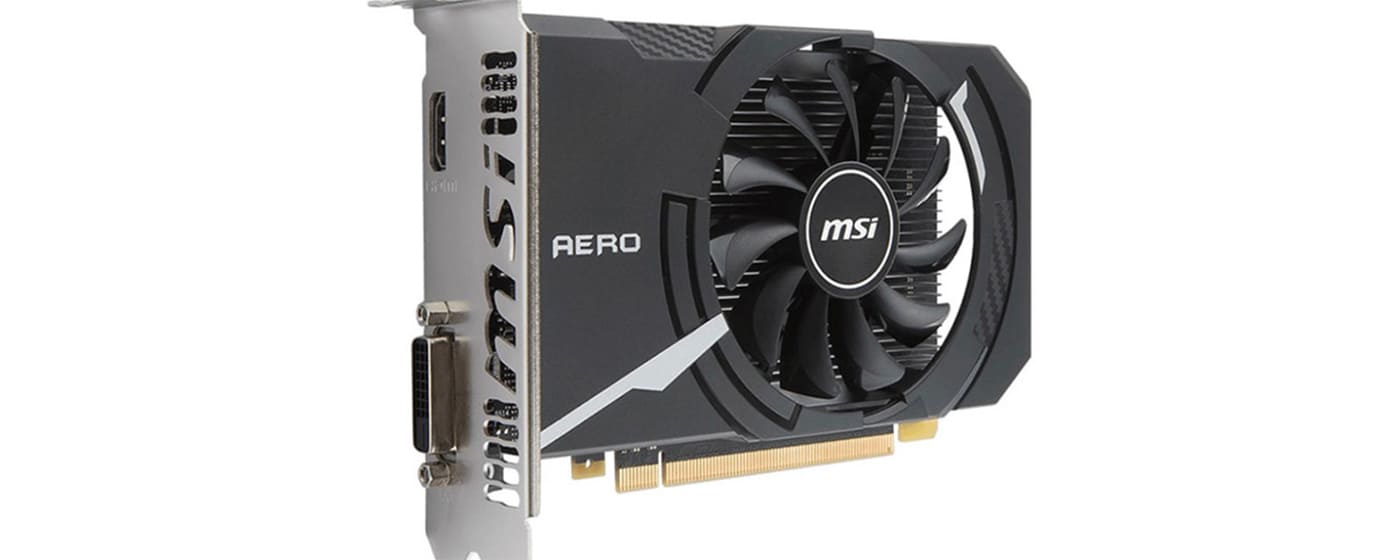
Nvidia GeForce GT 1030
The GeForce GTX 1030 is a low-end graphics card able to process graphics up to 1080p in medium quality settings for a large number of games, but in other more demanding games it will be necessary to lower the resolution to play them with sufficient fluency. However, in esports games like Overwatch or League of Legends, it has no problem working to 1080p and high quality at 60 FPS, so it can be a good buy for less picky players or those who are not so interested in quality graphics but just the gameplay experience. Their video connections are usually an HDMI and a DisplayPort, and other models include a DVI-D.
Estimated price: $87.98
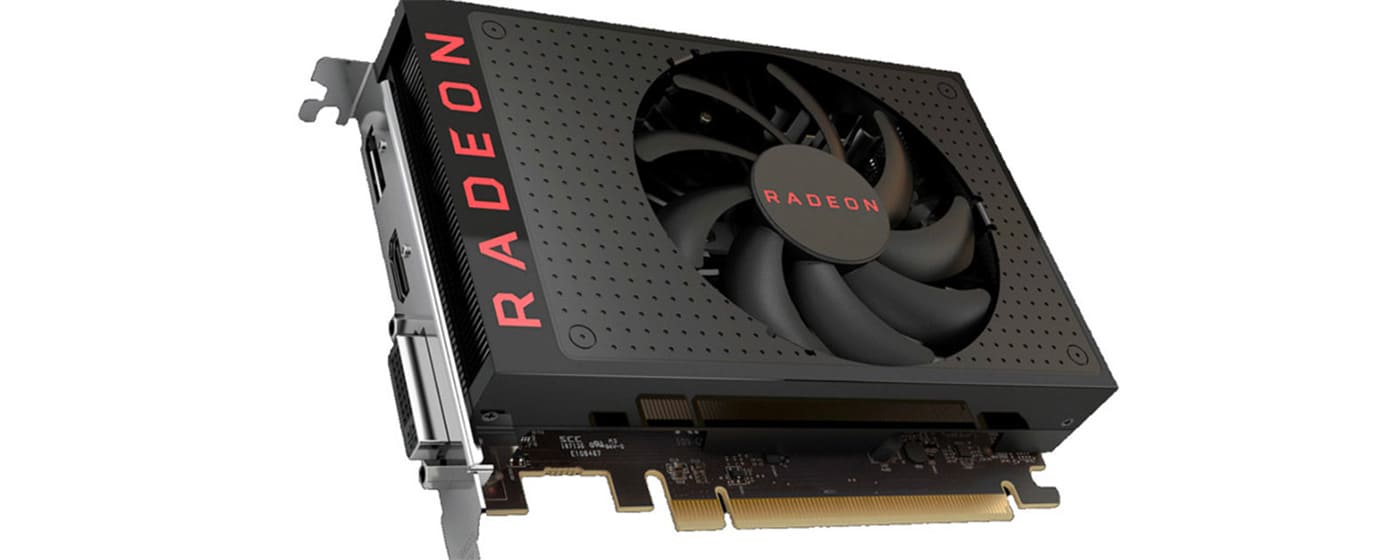
AMD Radeon RX 550
The RX 550 model is AMD’s low-end graphics card, and it can display games up to 1080p in low quality at a decent frame rate. To play 1080p and a decent graphic quality you have to choose the RX 560 or GTX 1050, which are basically twice as powerful. This graphics card has low-power consumption, reaching 50W, so it does not need a PCIe power cable. Their video connections are typically limited to HDMI, DisplayPort, and DVI-D.
Estimated price: $97.99
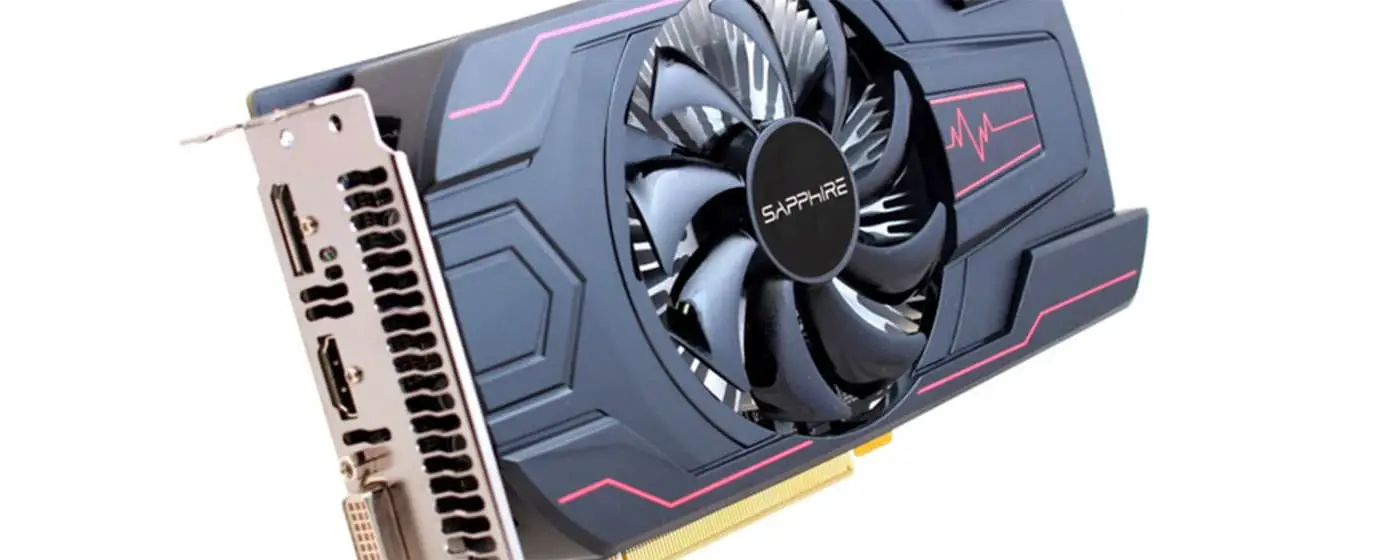
AMD Radeon RX 560
The Radeon RX 560 is a model that has twice the shaders than the RX 550, and is available with 2 or 4 GB of graphics memory. It is a much better option for playing 1080p and slightly better graphics quality. It has the usual DVI-D, HDMI and DisplayPort connectors, one of each. This model has a consumption of 80 W, so it requires a six-pin PCIe connector for its power.
Estimated price: $100
For those seeking to prolongue the GPU life cycle
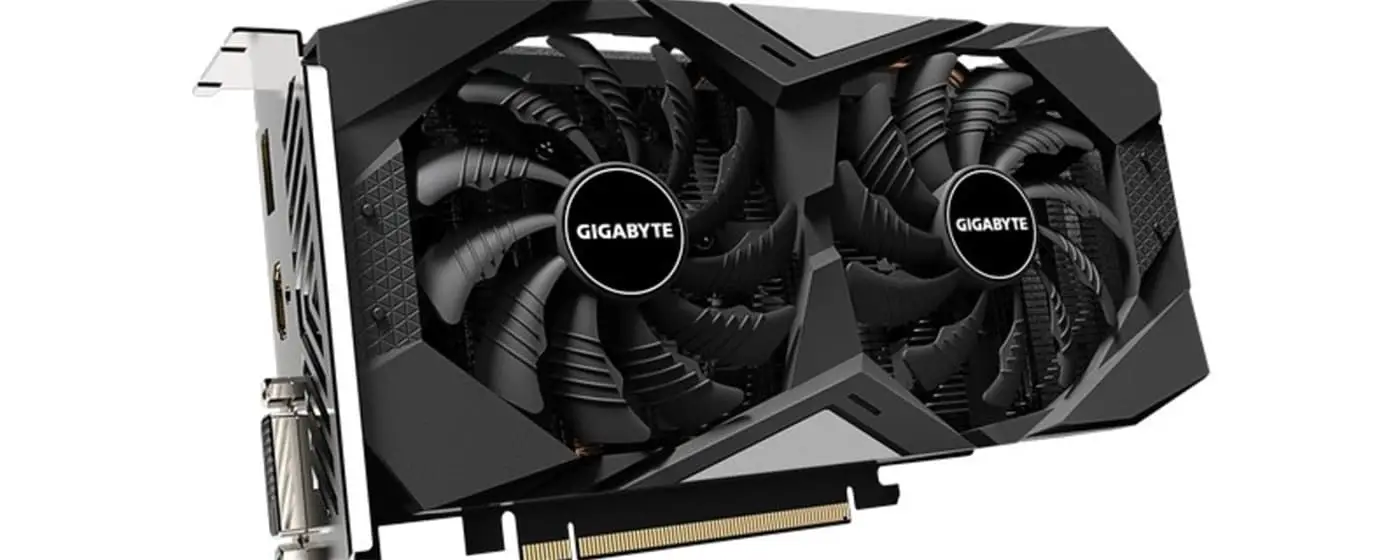
Nvidia GTX 1650 Super
The GeForce GTX 1650 Super is a powerful model for this price range, with plenty of gaming power at 1080p resolution and is comparable to AMD’s RX 580, which by price has a benchmark able to compete in rankings for quite some time now.
As an inexpensive model it is usually sold with a DVI, a DisplayPort 1.4 and an HDMI 2.0b. It stands out for its low consumption, of only 100 W, around half of what the RX 580 consumes, and it has a six-pin PCIe connector for extra power so it will have certain peaks of use.
Estimated price: $260
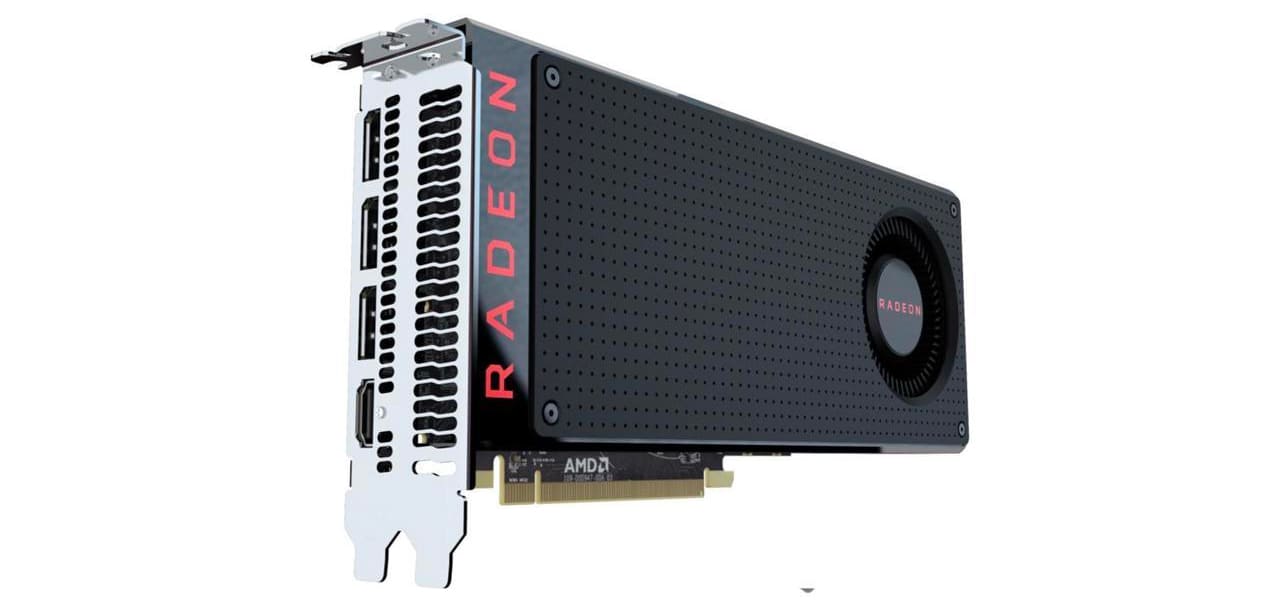
AMD Radeon RX 570
The RX 570 is a slightly improved version of the RX 470, so it has the same starting power.
Estimated price: $280
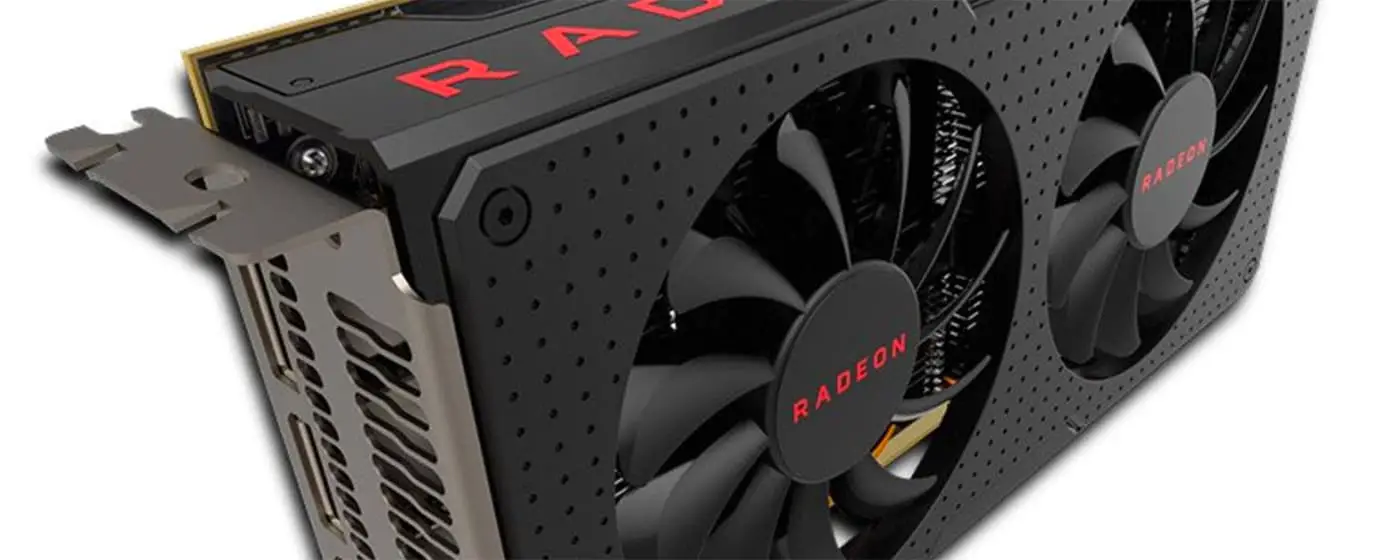
AMD Radeon RX 580
The 4GB Radeon RX 580 is an excellent all-rounder card, which will be usable for a couple of years at 1080p and ultra definition in an array of titles. It has a similar power to the 8 GB RX 480/580, so it is slightly better than the 3 GB GTX 1060 providing you find good prices.
Estimated price: $300
Closing remarks
Our two recommended and best GPU under 100 dollars are the GT 1030 and the RX 550 (in that same order), which can serve as a base for those who focuses more in having a fun gaming experience rather than the display quality. The RX 550 has a slight performance advantage, so you have to look closely at the price between models and choose one that has a fan (the GT 1030’s passives may have less performance).
The GeForce GTX 1650 Super is a low-cost, high-power model that replaces the GTX 1060. It packs a lot of power for 1080p and is a strong competitor for its price range. Although the RX 570 and RX 580 may provide better power/price ratio depending on the model purchased. In terms of consumption, the GTX 1650 Super only consumes 100 W compared to the 185 W to 225 W of the RX 580 depending on the model chosen.
Check out what is the best graphics card money can buy at the moment.
More stories like this
- The Aorus RX 7900 XTX Elite 24G full review
- NVIDIA GeForce GT 720 review
- NVIDIA GeForce GTX 1050 Ti Max-Q review
- NVIDIA Quadro FX 3800 review
- MXM Slots: Interchangeable GPUs for laptops
- All About the Ada Lovelace Architecture technology of the GeForce RTX 40 Series